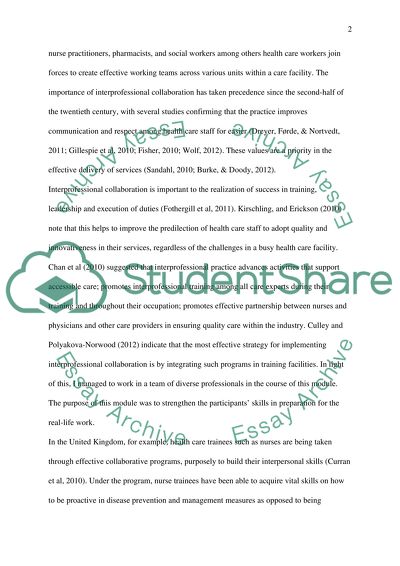Cite this document
(“The purpose,scope and context of interprofessional collaboration ( Essay”, n.d.)
The purpose,scope and context of interprofessional collaboration ( Essay. Retrieved from https://studentshare.org/nursing/1461994-the-purposescope-and-context-of-interprofessional
The purpose,scope and context of interprofessional collaboration ( Essay. Retrieved from https://studentshare.org/nursing/1461994-the-purposescope-and-context-of-interprofessional
(The purpose,scope and Context of Interprofessional Collaboration ( Essay)
The purpose,scope and Context of Interprofessional Collaboration ( Essay. https://studentshare.org/nursing/1461994-the-purposescope-and-context-of-interprofessional.
The purpose,scope and Context of Interprofessional Collaboration ( Essay. https://studentshare.org/nursing/1461994-the-purposescope-and-context-of-interprofessional.
“The purpose,scope and Context of Interprofessional Collaboration ( Essay”, n.d. https://studentshare.org/nursing/1461994-the-purposescope-and-context-of-interprofessional.


